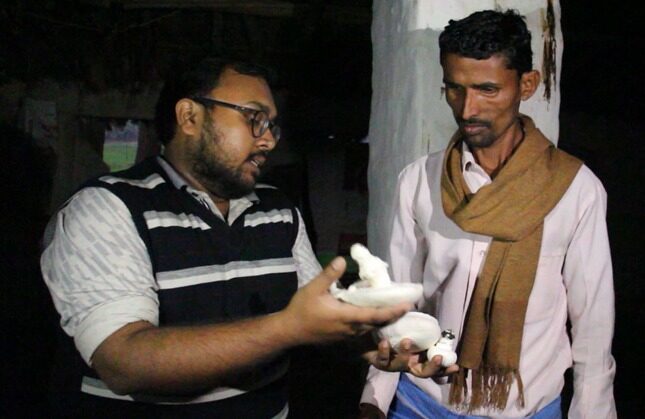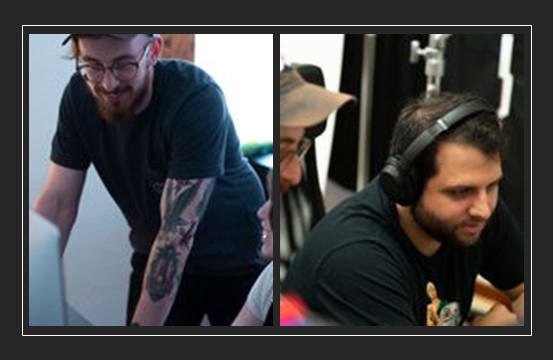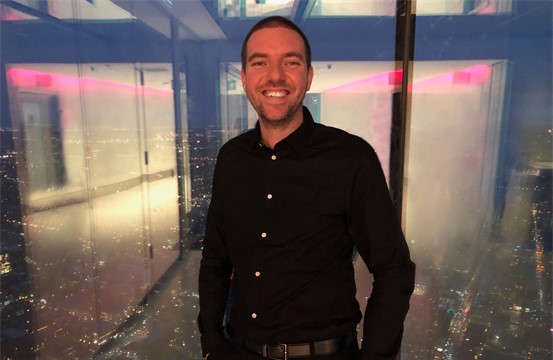This inspiring story is of a rising startup called Ashore started by Cody Miles in the proofing software industry to automate the approval process of work-related documents. Here is the story of Ashore in Cody’s own words.
Pretend you’re a thriving print shop in Somewhere, Indiana. On any given month, you send hundreds of print proofs to your customers. You send those proofs by email and receive feedback by email. When you receive feedback, you have a hard time understanding it. When you don’t receive feedback, you manually follow-up.
Ashore solves this problem by automating the approval process via white-labeled proofing software. We’re on a mission to increase the joy between creatives and their approvers.
Ashore is an online proofing system built for high-velocity creatives that increases approval ratings on digital files by 50% by automating the approval process and improving the quality of feedback from approvers. Today, thousands of creatives worldwide rely on Ashore to delight their approvers with excellent, white-labeled proofing experiences.
What’s your strategy story? What led you to start Ashore?
I’ve been a creative and marketing professional for over a decade. I built and ran a creative agency called Brandcave. My experience in this industry has revealed two truths: 1) Clients are difficult to get ahold of, and 2) Clients give poor feedback.
It’s not their fault; they speak a different language than creatives. They say “I don’t like the ghosting on top of this image” and what they mean is, “The opaque black overlay is not opaque enough.”
Before starting Brandcave, I worked at one of the fastest-growing public relations agencies in Dallas. They had two employees there dedicated to getting clients to respond to projects and understanding feedback.
I also struggled to get and understand feedback from my clients for years. The struggle led to the first iteration of Ashore, an online proofing software built for high-velocity creatives. Ashore gives creatives a comprehensive platform for sending, tracking, collaborating, and managing their projects. It gives approvers a simple, digital interface for giving feedback on every type of file. Since we released it, it has been adopted by nearly 10,000 creatives, including teams at Disney, Uber, Adidas, Coke, and Airbnb.
What marketing, operation strategies are you adopting?
I come from a marketing background. Ashore was lucky enough to leverage the team behind my creative agency, Brandcave, to manage its creative assets. We’ve explored virtually every marketing channel, and our strongest channel is, by far, organic search.
We’re currently exploring partnership opportunities with our friends at Dribbble. If you visit their blog, you’ll see a recent post from us.
Any strategy mistakes you have made and what were your learning?
There is a saying in creative agencies: “It would be great if not for the clients.” In software, I’ve come to learn it’s also true about growing successful teams. It takes a lot of work, dedication to employee growth and benefit, and rewarding positive behavior.
The MVP of Ashore faced scalability and infrastructure problems. We went through two versions of it before it proved to be too much of a struggle to grow. Ultimately, it required us to build from the ground up.
Ashore is unique because it is a bootstrapped company in a sea of venture-funded sharks, and still competes (and wins) head-to-head against them. Our success is attributed to focusing on our user feedback and meeting the exact needs of our market.
All lean development teams allow us to react quickly. Our feature set focuses on the success of our customers. We get completely out-of-the way. Every part of Ashore can be white-labeled and is flexible enough to fit any kind of workflow.
Finally what advice you have for your fellow entrepreneur readers?
Build it right, not too right, but right enough. You’ll regret rebuilding.
If you know you’ve built it wrong, rebuild. Most people will tell you there is no ROI in rebuilding, but mitigating technical debt will ultimately cost more than a rebuild.
The real success of Ashore started when we released Ashore 3 on January 14, 2020. Our “rough and dirty” MVP was useful in attracting users and validating the business idea, but Ashore 3 allowed the company to reach profit. Ashore 3 took all of the feedback our users had given us over the previous 2 years, and delivered a beautiful, feature-full, iron-clad, enterprise grade product that attracted even more users.
Disclaimer: The information in the above story is provided by the startup and The Strategy Story takes no responsibility for the authenticity of the product and services offered by the startup. Reader’s discretion is advised.
Check out stories of other aspiring Entrepreneurs
Also, check out our most loved Startup Strategy Stories below

How one man is enabling Rural India to be financially independent?
Mayank and his startup SumArth are transforming farming from an occupation to a respectful profession in rural areas of Bihar?

How Ajeet Khurana selects startups for investment and mentorship?
Ajeet Khurana has been a name quite synonymous with the Indian Startup space. The Strategy Story interviewed Ajeet Khurana to know his startup strategies

How a few professionals are reducing unemployment due to COVID-19?
Retain The Star has come up with Talent loan concept where a company provides its employees on a contract basis to other companies looking for similar skillset

How did one man leave a career of 25 years to live the “GREAT AMERICAN DREAM”?
Would you leave a comfortable life and a stellar career to start something? Read about Vivek’s journey to live the Great American Dream

Is there a right age to start your entrepreneurship journey?
Is there a minimum age into the entrepreneurship world? Guess not. Atharv Patil started his first venture at the age of 13. Find how?






